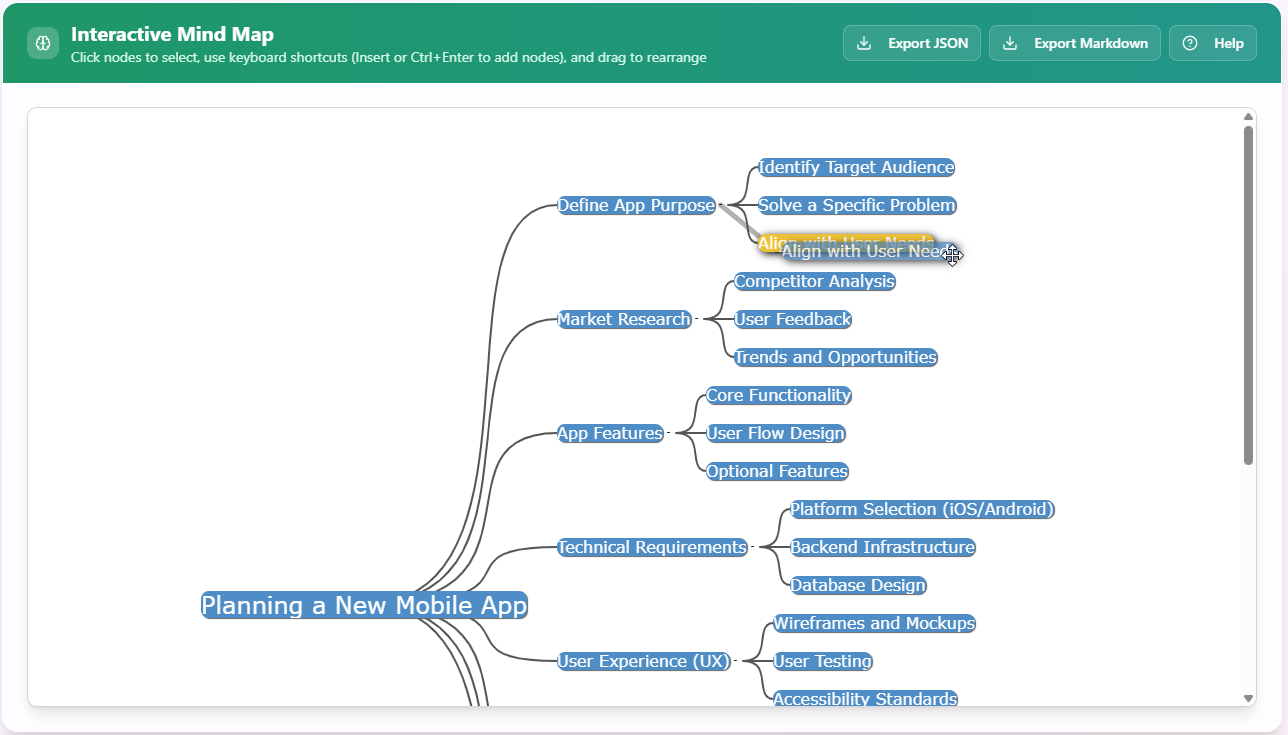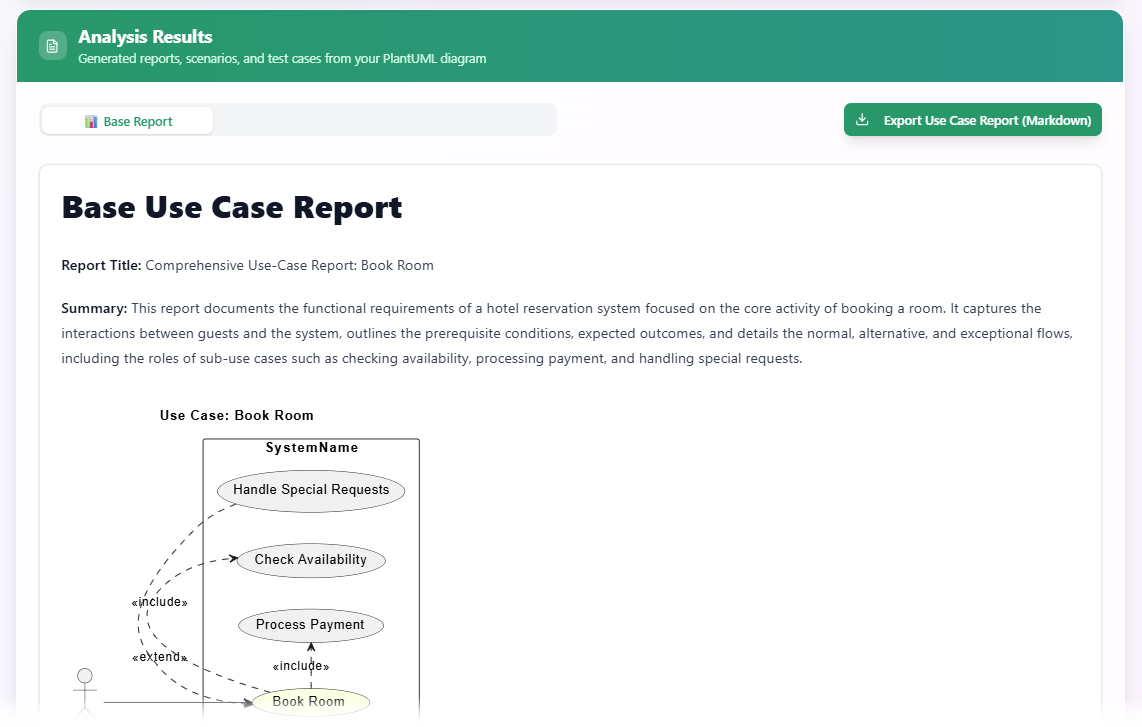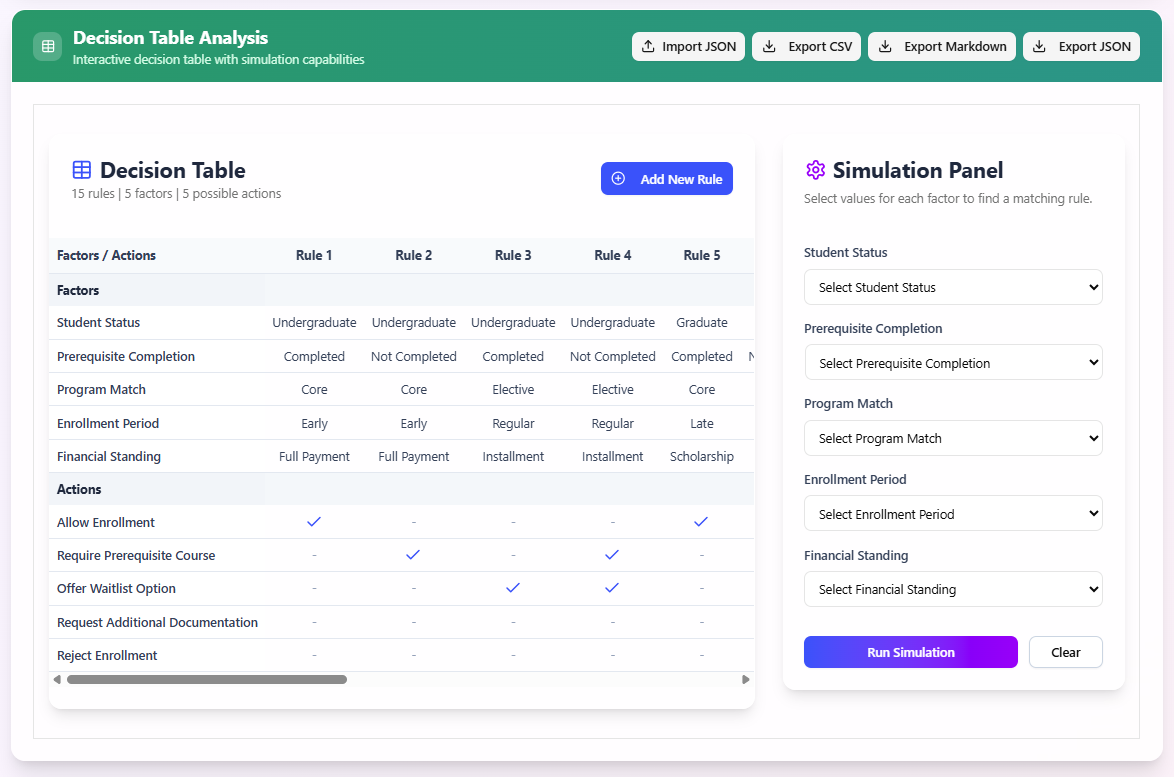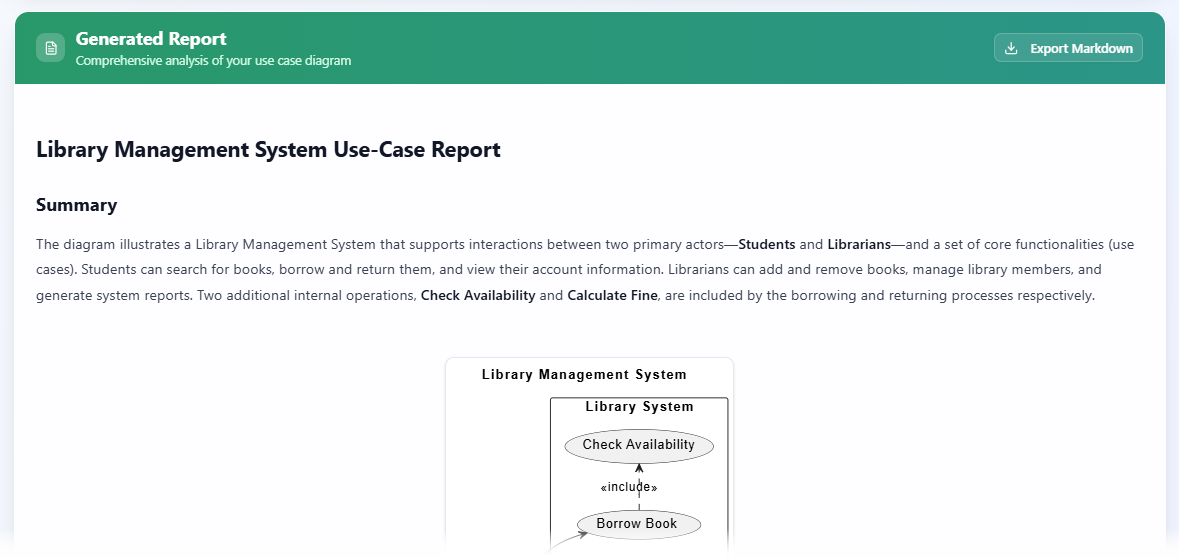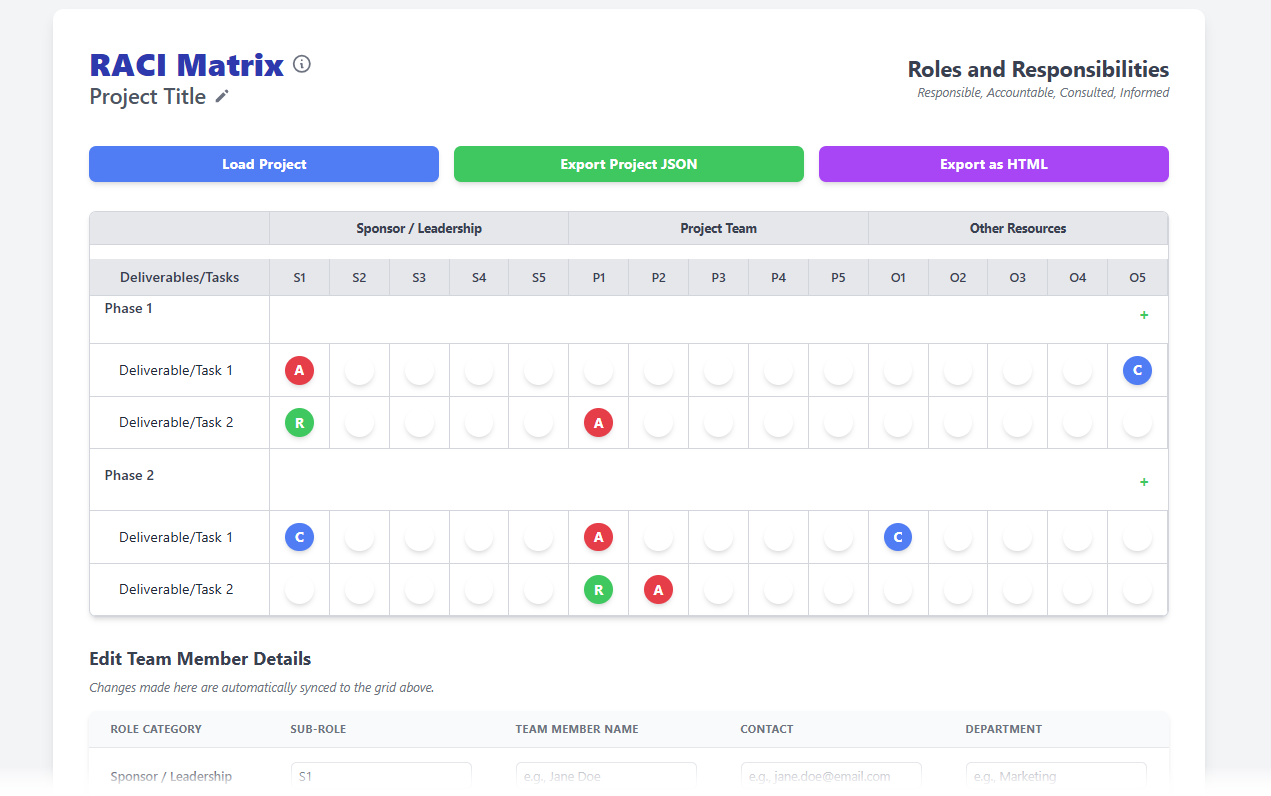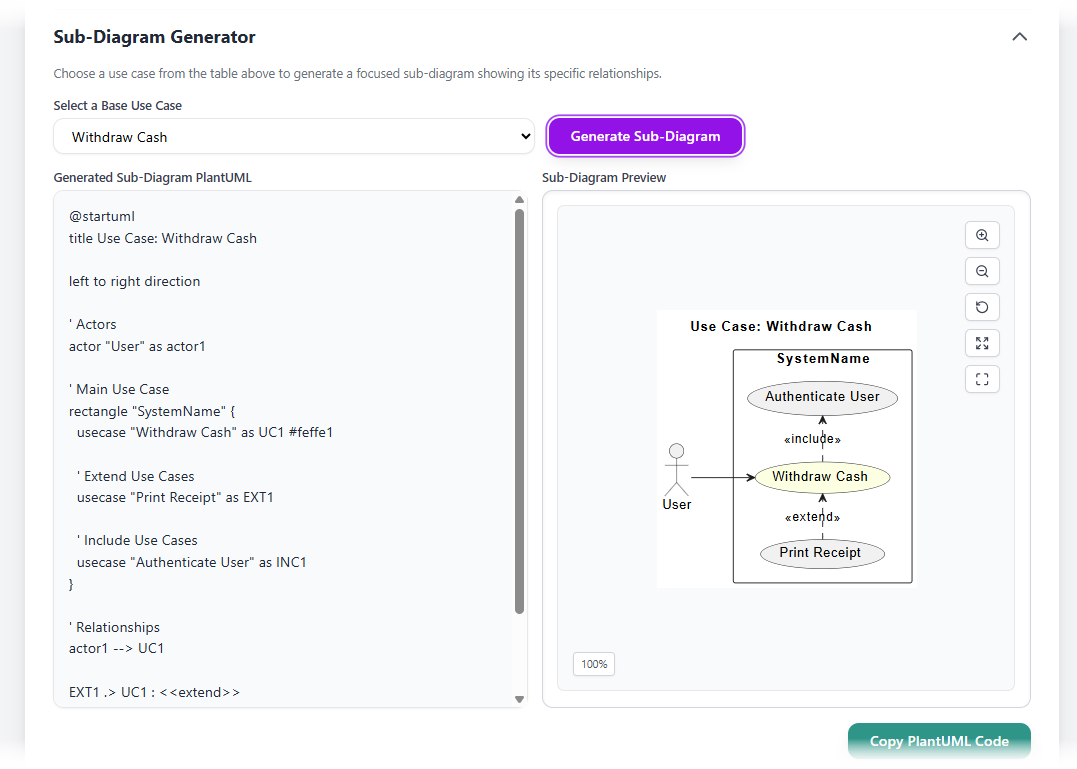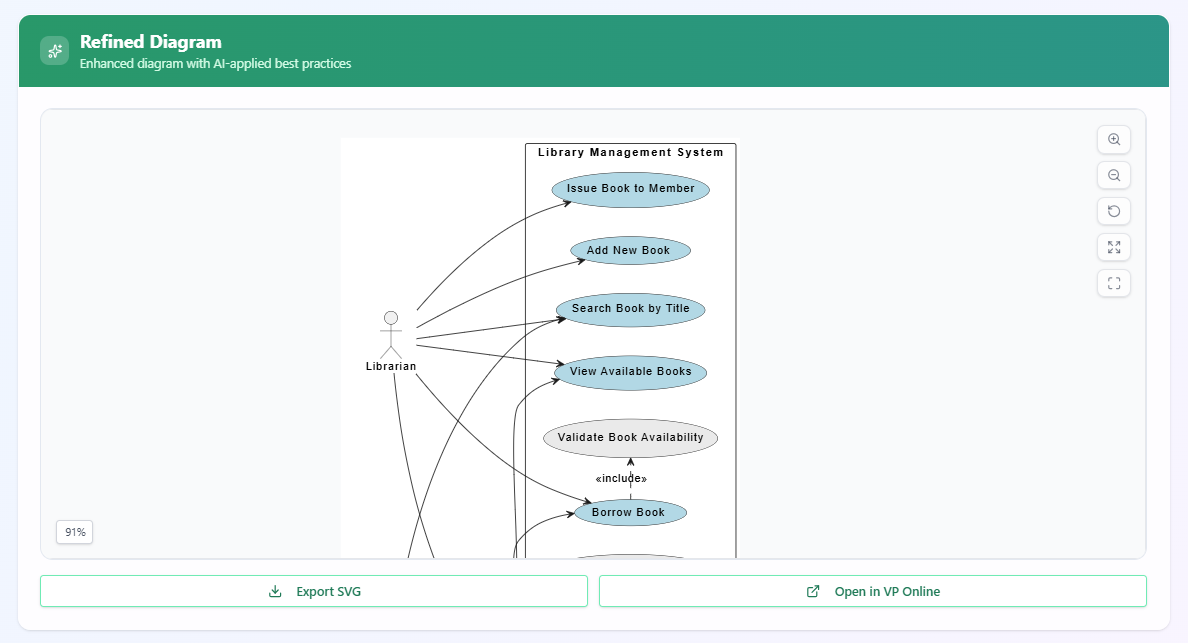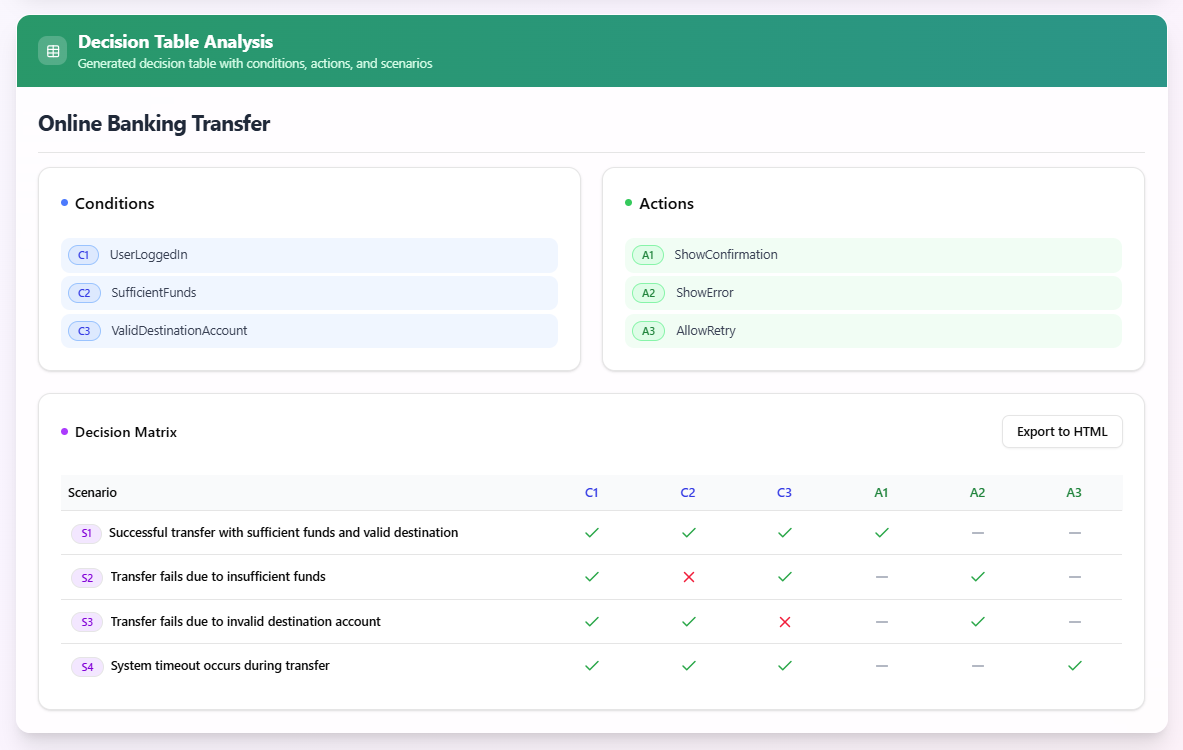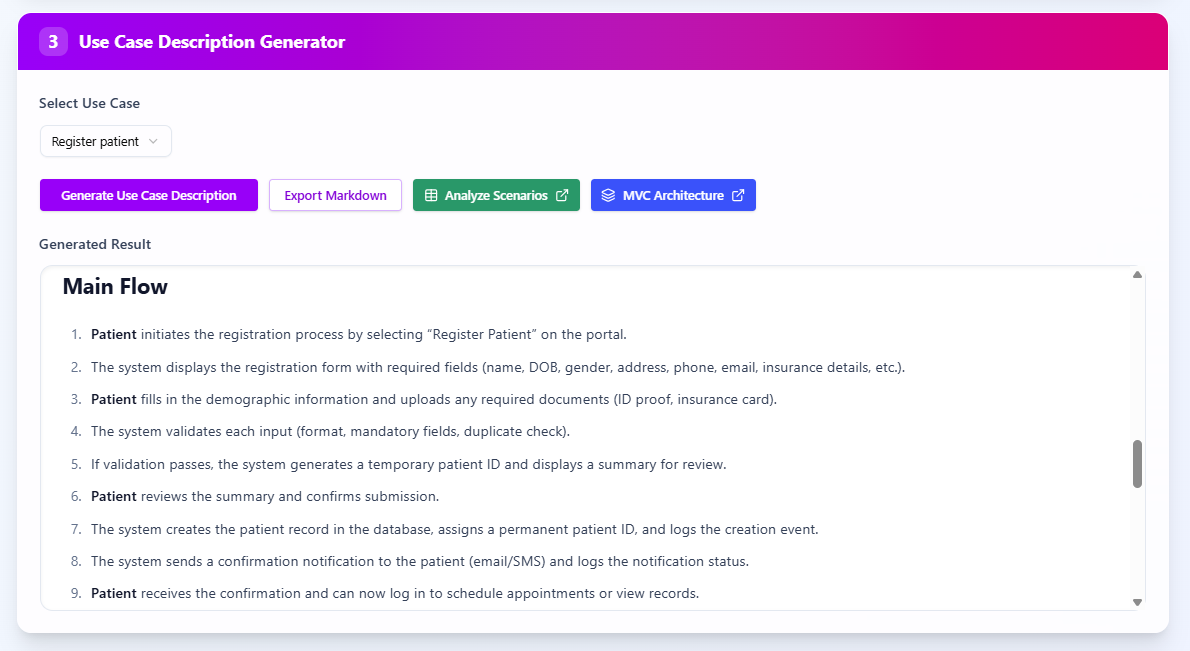What is AI-Assisted Brainstorming? A Guide to Unlocking Your Best Ideas
Ever find yourself staring at a blank page, waiting for inspiration to strike? Whether you're planning a project, developing a new product, or outlining an article, getting those initial thoughts down can be the hardest part. This is where AI-Assisted Brainstorming comes in, transforming a daunting task into a dynamic and creative process. In this guide, we'll dive into what AI-powered brainstorming is and how it can help you organize your thoughts and generate ideas more effectively. What is AI-Assisted Brainstorming? AI-Assisted Brainstorming uses artificial intelligence to help you generate, organize, and expand…continue reading →

